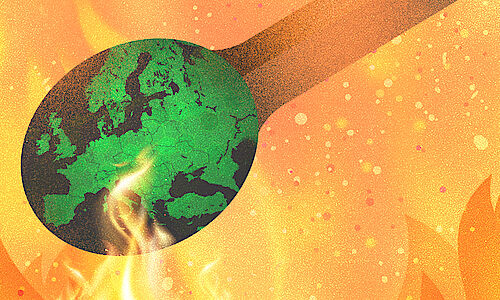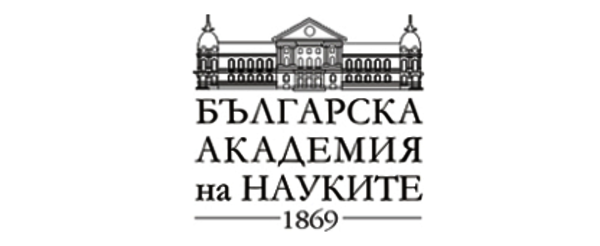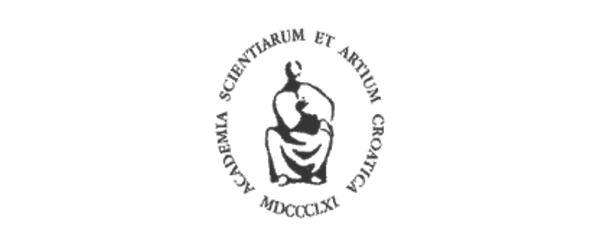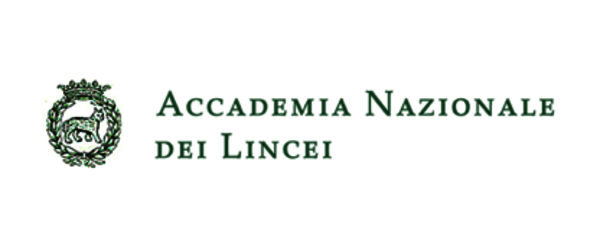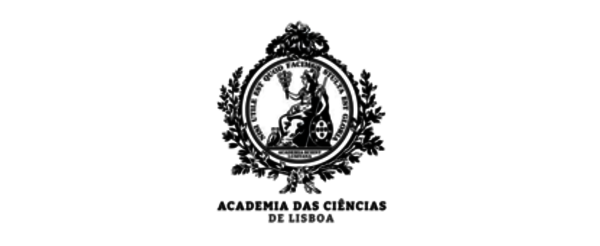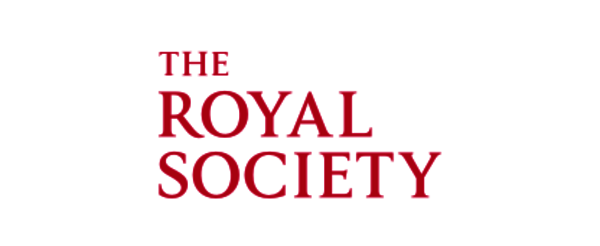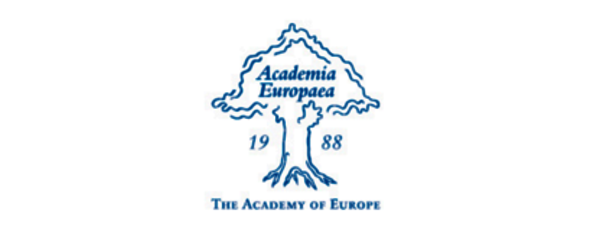News & Academies' activities
“People have lost awareness of fire risk”
What are the reasons for the sharp increase of wildfires in Europe?
Bachisio Arca: Major socio-economic changes, the abandonment of inland and mountainous areas, and the concentration of population in urban areas have resulted in land use change, with agricultural use being replaced by shrub and forested areas. In these areas, fires can have a high intensity, far exceeding the capacity of the control system. At the same time, people have lost awareness of fire risk and the ability to prevent the ignitions, in both agricultural and wildland-urban interface areas. The insufficiency of prevention measures is one of the major critical issues, along with the impact of climate change.
What are the drivers of land-use changes?
Bachisio Arca: There are various socio-economic and cultural conditions contributing to land-use changes. Factors such as the agricultural policy and the agricultural subsidy scheme, market dynamics, urbanization, and rural depopulation, heavily influence how land is used. For example, urbanization and rural depopulation leads to the abandonment of agricultural lands, causing a shift away from traditional land management practices that maintained a mosaic or patchwork landscape. These practices, such as extensive grazing and diverse farming, acted as natural firebreaks and helped reduce the spread of wildfires. Instead, we now see an overall increase in monoculture forestry, which are less resilient to fires.
What makes a piece of land or ecosystem more vulnerable or more resilient to wildfires?
Bachisio Arca: The vulnerability or resilience of an ecosystem to wildfires depends on several factors. This includes the flammability and combustibility of the vegetation, the fragmentation of vegetation, as well as the ecosystem’s capacity to recover after a fire. Ecosystems with natural forest species, with different species and age structures, healthy soil and regular water cycles, are more resilient. They can better recover from, and adapt to, fire disturbances. In contrast, ecosystems that are homogeneous, lack structural complexity, and have disrupted natural processes are more vulnerable to severe wildfires.
What would you recommend policymakers to do?
Bachisio Arca: To mitigate wildfire risks, we need to adopt a multifaceted approach that includes both land management and climate adaptation strategies. Policies should promote sustainable land management practices that increase landscape resilience. This includes maintaining heterogeneous landscapes and promoting renaturalization of forest ecosystems. Implementing agroforestry practices can also help create natural firebreaks and reduce the continuity of flammable vegetation, such as through grazing. Policies should also provide incentives for a multifunctional use of abandoned lands to prevent them from becoming fire hazards. Coordination between local and European policies is essential to create a cohesive strategy for wildfire prevention and response.
back to overview



